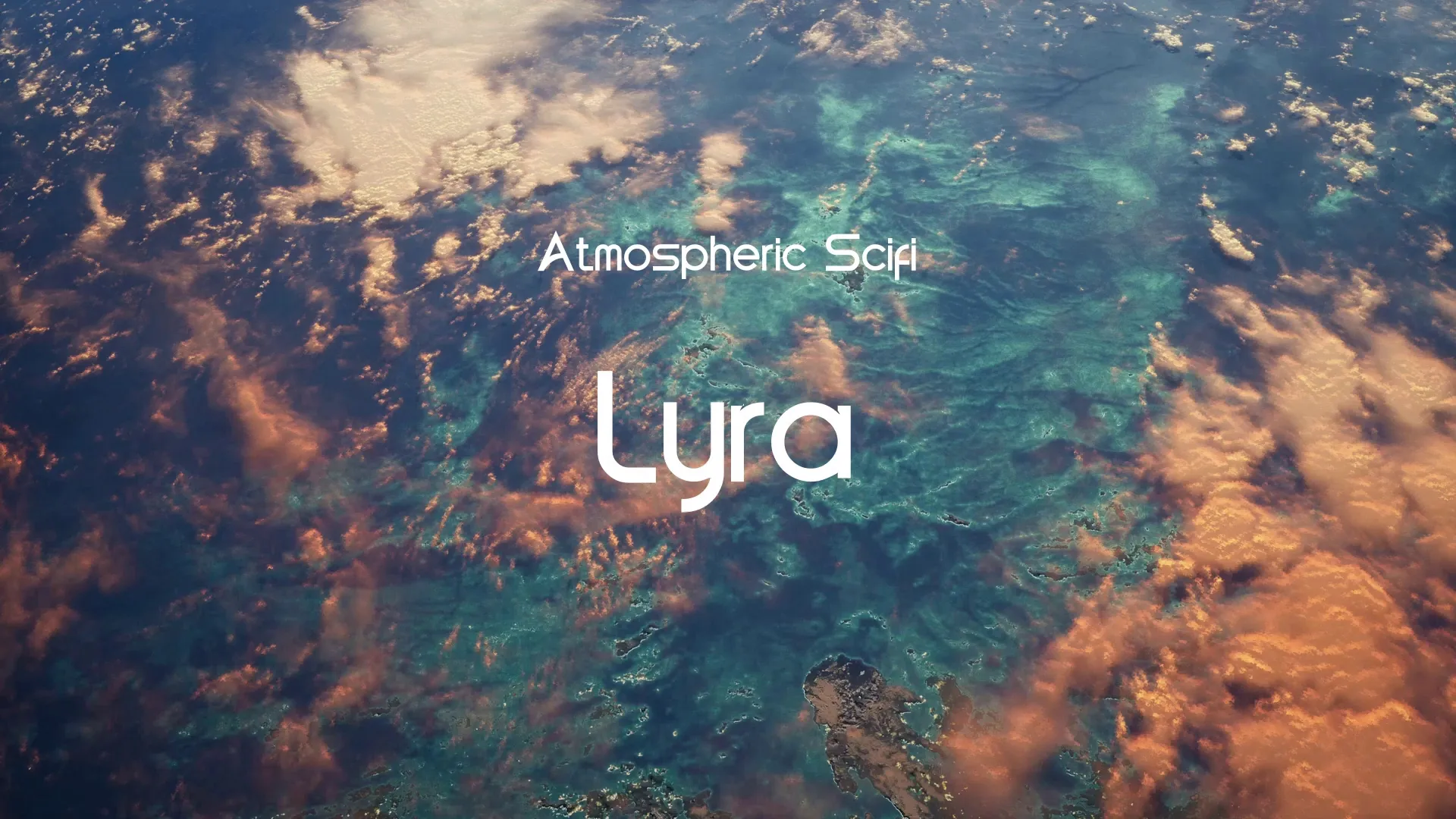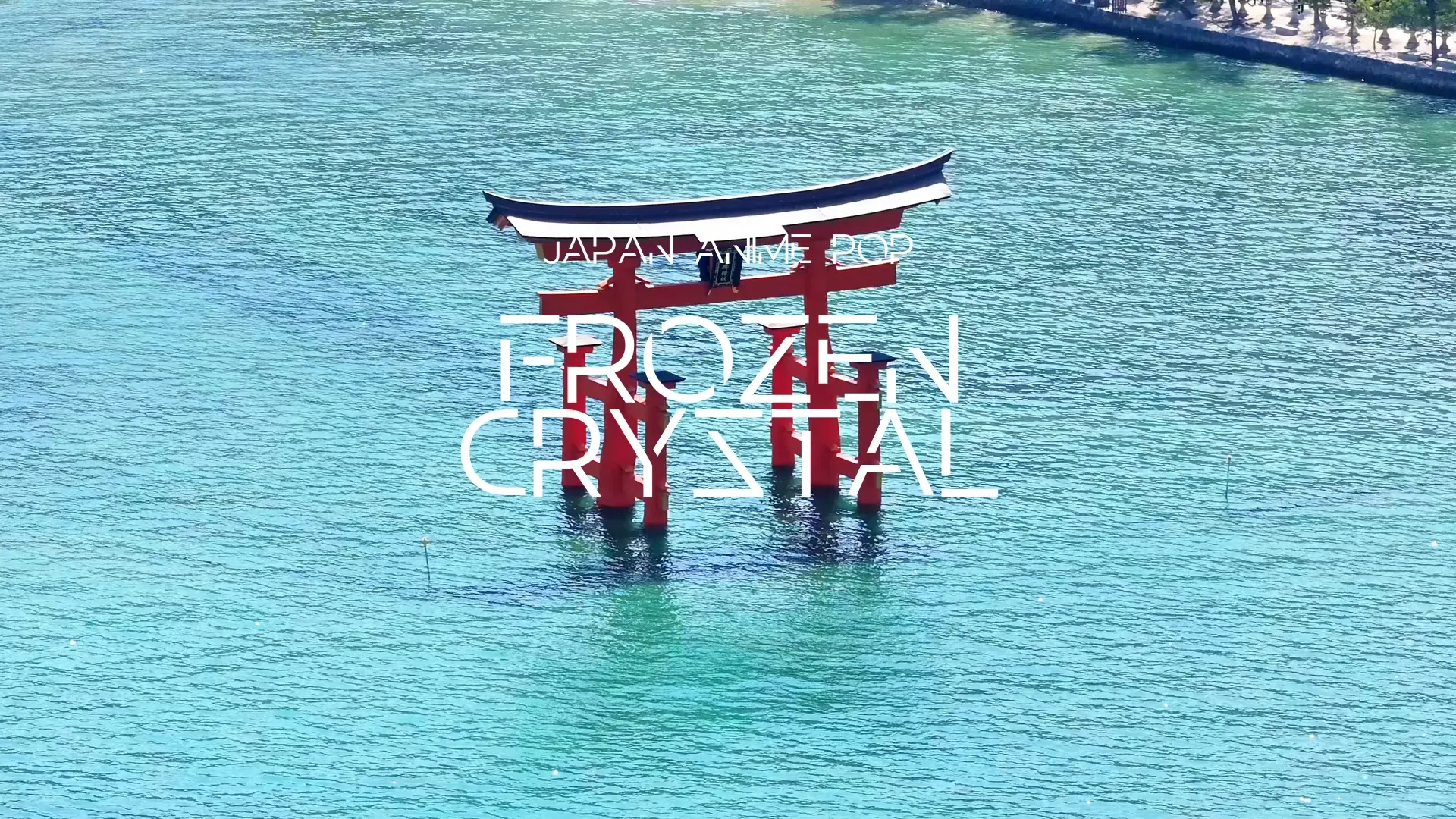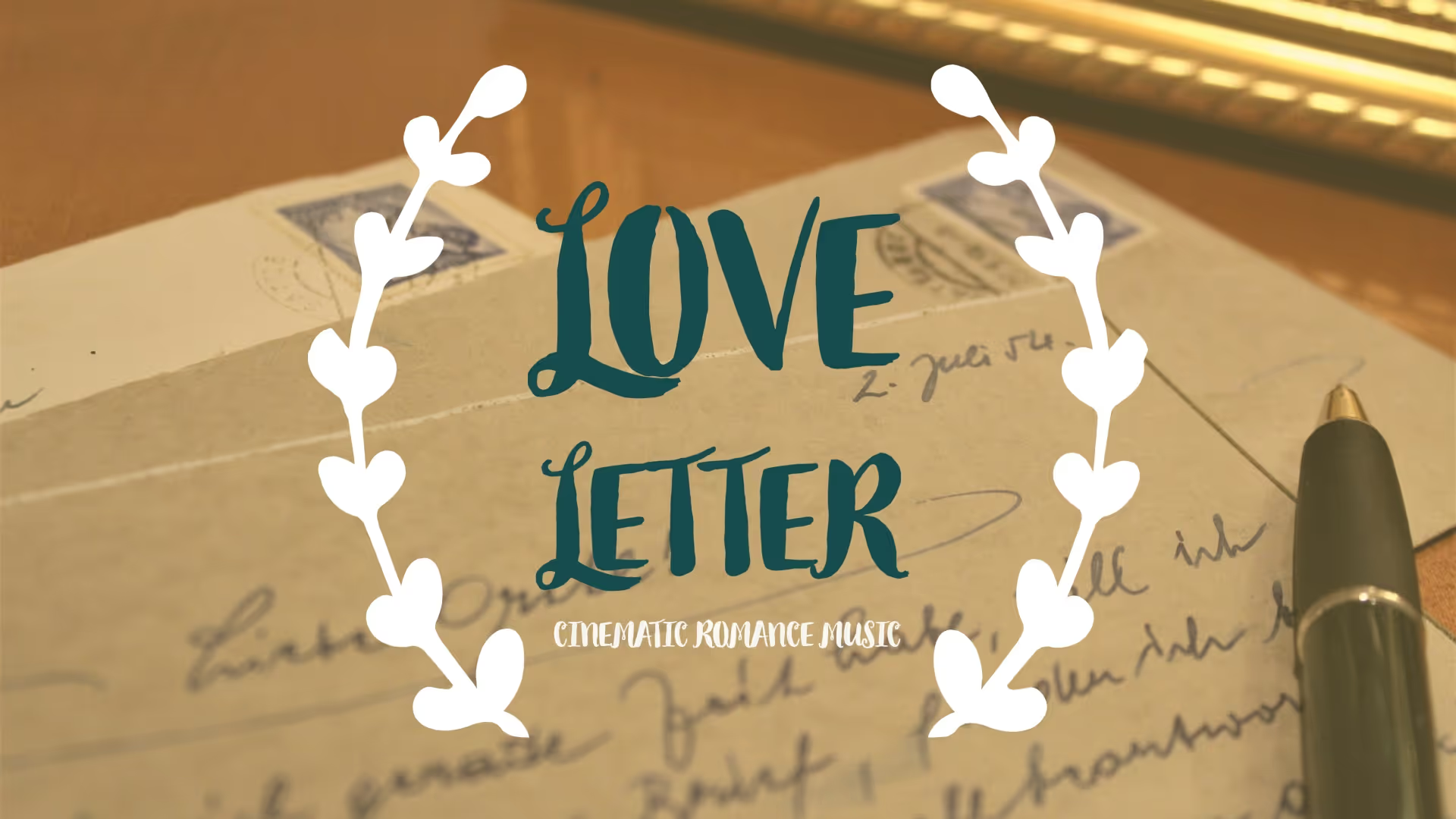Game Design Ideation: From First Game Concept to Blueprint
Game design ideation is the critical first step in any successful game project. It transforms a fleeting idea into a tangible foundation for development. This process demands more than just creativity; it requires structure and critical thinking.
The goal is to evolve your initial game concept into a detailed blueprint. This ensures clarity and direction for your entire development team.
The Spark: Capturing Raw Ideas
Begin by capturing every idea without judgment. Use brainstorming techniques like mind mapping or free association to generate a wide range of concepts. Quantity over quality is key in this initial phase. Document everything, no matter how outlandish it may seem at first.
Focus on core emotions, unique mechanics, or compelling narratives. These initial sparks will form the raw material for your game.
Defining the Core Loop
Once ideas are abundant, identify the game’s core loop. This is the fundamental repeatable activity players will engage in. It defines the moment-to-moment gameplay experience.
Clearly articulate the player’s actions, the immediate feedback, and the short-term goal. A strong core loop is the backbone of player engagement.
Know Your Audience and Niche
Understand who your game is for and why they would play it. Define your target audience early in the ideation process. Consider what existing games they enjoy and what unmet needs your game could address.
Identifying your niche helps refine your concept and differentiate it in the market. This strategic thinking prevents developing a game with no clear appeal.
Reality Check: Technical and Resource Feasibility
Assess the technical challenges and resource requirements of your game concept. Consider the engine you plan to use and its capabilities. Your choice of engine significantly impacts development time and complexity.
For instance, understanding the differences between engines is vital for planning, as discussed in Unity vs. Unreal vs. Godot: Choosing Your Engine in 2025. Be realistic about your team’s skills and available budget.
Scaling down an ambitious idea is often necessary for successful execution. Prioritize core mechanics over extensive feature lists at this stage.
From Concept to Blueprint: Structuring Your Vision
Transitioning from loose ideas to a structured blueprint is essential. This involves formalizing your concepts into a comprehensive Game Design Document (GDD). A GDD acts as a central reference point for all development.
It details mechanics, characters, levels, story, and technical requirements. Tools like Wayline’s Blueprint can streamline the creation of professional GDDs. A well-structured GDD ensures everyone on the team shares a common understanding of the game.
Create a free account, or log in.
Gain access to free articles, game development tools, and game assets.























